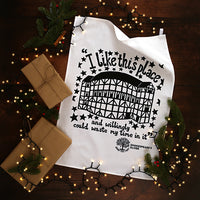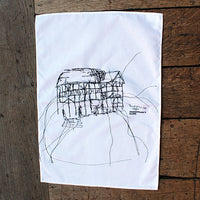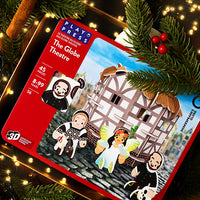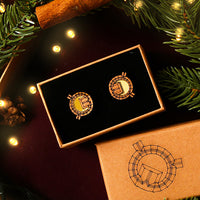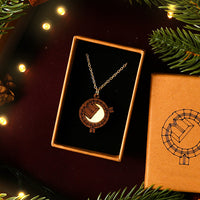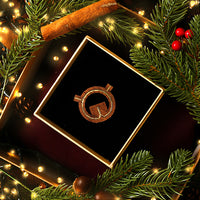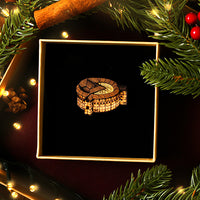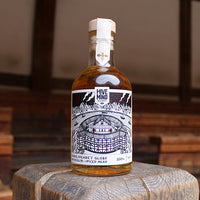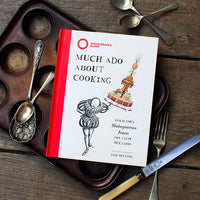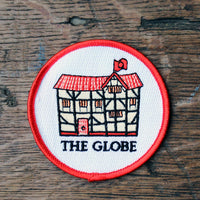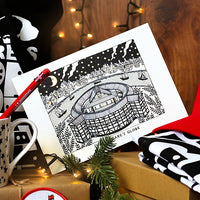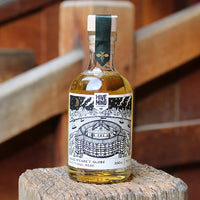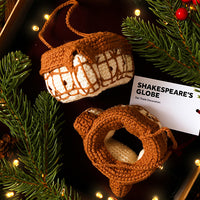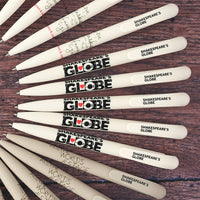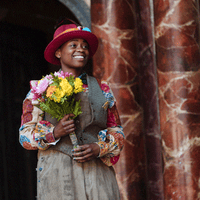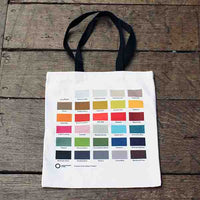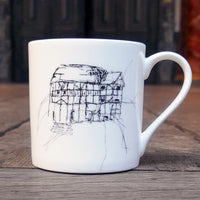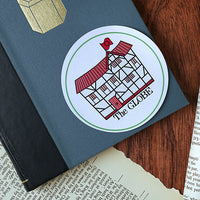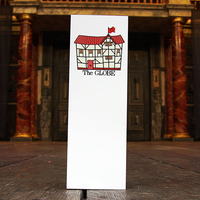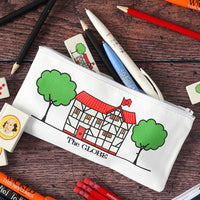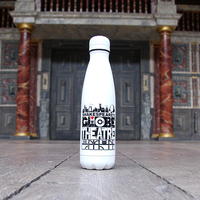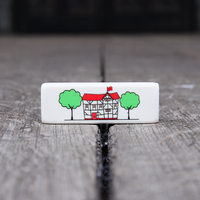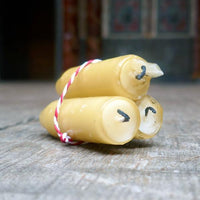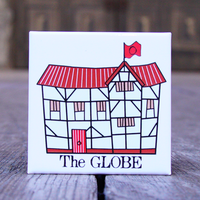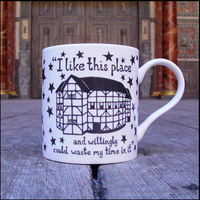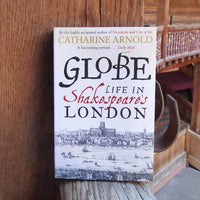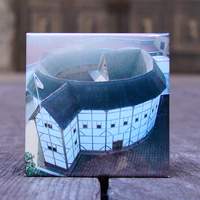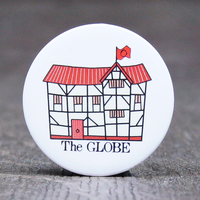
Mead, an alcoholic beverage made by fermenting honey and water, has a rich history dating back thousands of years. Archaeological evidence from 9000-year-old pottery vessels found in China suggests that mead potentially predates both wine and beer. Mead was popular across the ancient world and was enthusiastically quaffed by the Celts, Vikings, and even the Ancient Greeks who considered it "the nectar of the gods". Mead was a popular tipple with Tudor Londoners too, and even Queen Elizabeth I herself had a fondness for it. Mead was considered a healthy and flavourful alternative at a time when the drinking water was often best avoided.
Mead had other uses apart from getting merry; it was also valued for its medicinal properties and for its connection to fertility – the term ‘honeymoon’ originated with the practice of couples partaking of mead as part of their wedding feast.
Here at the Globe, we sell mead that has been made in the traditional way. We have partnered with Hive Mind, a meadery based in the beautiful Wye Valley in Monmouthshire, Wales. As well as having a Shakespearean connection through the character of Prince Hal in Henry IV, parts 1 & 2, it is an area well known for its natural beauty and biodiversity. Unlike some modern drinks labelled as “mead,” which are often made from sugar, white wine or neutral spirits, our mead is crafted entirely from honey (largely provided by Hive Mind’s bees), water and yeast. It’s a simple recipe, but one that demands care, skill and patience. In that sense, very little has changed since the days of the Tudors. This gives our mead a wonderful flavour that varies with the seasons. The Globe’s mead is made from 100% British honey which means our mead is the genuine article that supports UK beekeepers, undergoes minimal processing, and is all natural (and delicious!)
As mead is such an ancient tipple, we opted for a modern bottle-shape to bring the drink bang up to date. The beautiful label artwork, which features the Globe Theatre on Bankside under a starry night sky, was commissioned from Welsh artist and illustrator, Jesse Watkins. The image she produced draws on a panorama of old London by Claes Visscher (completed in 1600) for inspiration. The Globe pictured is our modern recreation, but the buildings on the north bank of the River Thames and the boats on the river itself are Tudor.
Our mead journey begins by gathering the raw ingredients from Hive Mind’s beehives in the Wye Valley. Globe mead is made from three seasons of honey, each contributing its own character and flavour to the final drink.
In early Spring, as the days lengthen and the hedgerows start to stir, the bees begin their work among the wildflowers of the Wye Valley. This includes late hawthorn, apple blossom, dandelion and a wonderful array of other blooms that come together to make a beautifully multifloral honey. It’s light, bright and floral, a real expression of the landscape as it wakes for the year.
“Gives not the hawthorn bush a sweeter shade…”
Then, towards the end of July, the summer honey is harvested. This is when the Small Leaved Lime trees begin to flower, accompanied by the delicate white blooms of brambles and other summer flora. The honey at this time is typically lighter in colour, with fresh citrusy and herbal notes. It forms a perfect middle chapter in our mead’s story.
Finally, as summer gives way to autumn, the last of the honey from the heather moors of the Brecon Beacons and the slopes of the Black Mountains is gathered. This honey is rich, dark and aromatic, with a distinctive flavour unique to the uplands, marked by the heady scent of heather in bloom.

One of Hive Mind's bee hives overlooking the beautiful Wye Valley
Once harvested, these different honeys are mixed with pure water until the ideal balance of sweetness for fermentation is reached. Yeast is then added to begin the natural process of transforming the sugars in the honey into alcohol. This fermentation takes around three to four months, a patient and careful affair as the mead develops its depth, character and subtle complexity. A slower, colder fermentation is favoured to retain the most honey flavour possible in the finished product.
After fermentation, the mead is stored in large vats to age out any flavours that have come from the yeast, rather than the honey. Time is one of the most important ingredients in traditional mead-making, allowing the flavours to mellow, harmonise and develop a smooth, rounded profile. Once matured, the mead is sampled and, where needed, additional honey is blended to adjust sweetness and bring out the best in the final drink.
To preserve the mead without the use of artificial preservatives, it is gently pasteurised. This involves warming the mead to a temperature that kills off any remaining yeast that has not been filtered out. While pasteurisation might not have been something available historically, it’s a simple and effective way to ensure the mead remains stable and safe to drink without resorting to any chemicals. If Shakespeare’s brewers had known about it, we suspect they would have been very keen indeed. Once ready, the Globe’s mead is bottled and each label applied by hand.

Raw honey being removed from a frame
The Globe’s mead is a labour of love, but we believe that anything worth doing is worth doing well. There’s more stainless steel in Hive Mind’s little meadery than there would have been back in 1599 when William Shakespeare might have enjoyed a foaming flagon of mead in a Bankside tavern outside the original Globe Theatre. But the essence of the craft, fermenting honey into a drink to be shared and celebrated, remains timeless. We’re proud to be a small part of that ancient tradition, bringing the bees’ work to your table, one bottle at a time.


